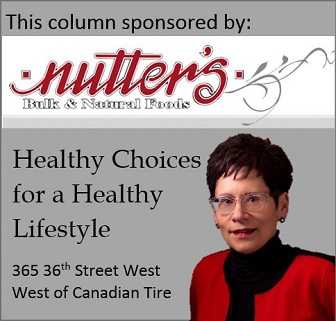
Solving the protein puzzle
Lately, the world seems obsessed with protein in the diet: protein waters and beverages, the protein-heavy paleo, keto and Atkins diets, and protein-boosted packaged foods from pancake mix to chips.
But what exactly does protein do for you?
Which sources are the healthiest?



